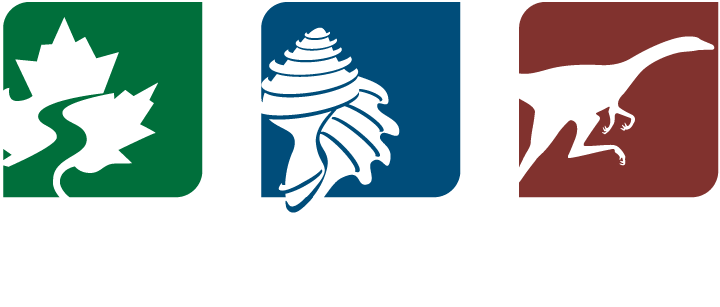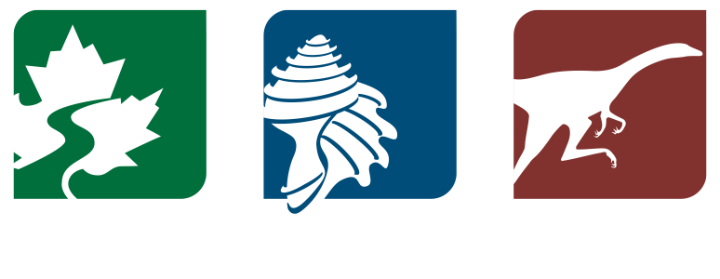HAB Mitigation
How can we limit the risks posed by HABs?
Prevention is often key to controlling HABs. Helping to limit local runoff from sewage, fertilizers, industrial waste, and other types of nutrient pollution is an important part of preventing HABs. Monitoring can provide warnings to help people avoid water where HABs are active, thus reducing the risks of exposure and negative health effects. Education and government and community action can help by making people aware of the dangers of HABs and addressing the conditions that support their development.
Buffer zones for HAB prevention
Buffer zones are areas of natural or managed vegetation along the edges of water bodies like rivers and lakes. They help keep water clean, which in turn helps to prevent HABs. Buffer zones largely act as filters that capture and absorb runoff, which means that they absorb nutrients that promote the growth of HABs and keep them from entering rivers, lakes, and other bodies of water. Buffer zones also have other beneficial effects. They help to stabilize river banks and shorelines, can enhance biodiversity if planted with native species, and promote water clarity and quality by capturing sediments and slowing runoff. Both the absorption and filtering roles of buffer zones as well as their other benefits can help promote ecological balance, which in turn helps to prevent HAB formation.
While buffer zones have many desirable effects, there are some challenges to consider in building and maintaining them. Proper planning is essential to their effectiveness. The landscape as well as the soil and plant types to be used must be carefully considered. Buffer zones also require maintenance, like periodic planting and weed control, and can be damaged by extreme weather events.
Monitoring and predicting HABs
One way to manage the risks posed by HABs is through monitoring. Monitoring programs keep track of HABs and warn people of their presence so that they can avoid areas where HABs are active. They also help government officials and other leaders make decisions about closing beaches or areas of water to recreation or fishing to minimize the risks of poisoning or other harmful health effects that can be caused by HABs. Monitoring combined with computer models can also be used to predict where HABs might develop.
Examples of monitoring programs
Marine HABs
California has active coastal monitoring programs that target marine (saltwater) HABs, including the California Harmful Algae Risk Mapping (C-HARM) System and the California Harmful Algal Bloom Monitoring and Alert Program (Cal-HABMAP). C-HARM monitors HABs formed by the diatom Pseudo-nitzschia, which makes a toxin (domoic acid or DA) that causes Amnesic Shellfish Poisoning (ASP); C-HARM also forecasts where toxic blooms might develop. Cal-HABMAP uses weekly nearshore surveys to look for eight types of HAB-forming algae along California’s coast. These algae are known to cause fish kills, and some produce toxins that cause Diarrhetic Shellfish Poisoning (DSP) and Paralytic Shellfish Poisoning (PSP). Some other places that monitor and manage HABs in marine waters include Australia, New Zealand, and South Korea.
Freshwater HABs
Lake Erie, one of the five Great Lakes in the U.S. and Canada, is a freshwater lake that is carefully monitored for cyanobacterial HABs. The U.S. National Oceanic and Atmospheric Administration (NOAA) Great Lakes Environmental and Research Laboratory (GLERL) carries out the tasks of monitoring and predicting HABs in the lake. Monitoring involves using remote sensing, satellite imagery, water sampling, and sampling buoys. HAB forecasts are made using these data and computer models. Monitoring HABs and HAB toxins in Lake Erie is important, as some cities draw water from the lake for their municipal water systems. NOAA also monitors HABs in Saginaw Bay on Lake Huron, another one of the Great Lakes located on the U.S.-Canada border.
Education, government, and community action
Preventing HABs and limiting their effects on human and animal health also requires community action. Writing to local government officials, educating others about the danger of HABs, and supporting policies to protect natural ecosystems can all help make meaningful changes that prevent HABs.
Development of the Harmful Algal Blooms (HABs) section of the Cayuga Nature Center website was supported by a National Science Foundation grant to Kathryn Fiorella, Christopher Barrett, and Peter McIntyre of Cornell University (BCS 2009658). The views, findings, conclusions, or recommendations expressed in this website do not necessarily represent those of the National Science Foundation.















